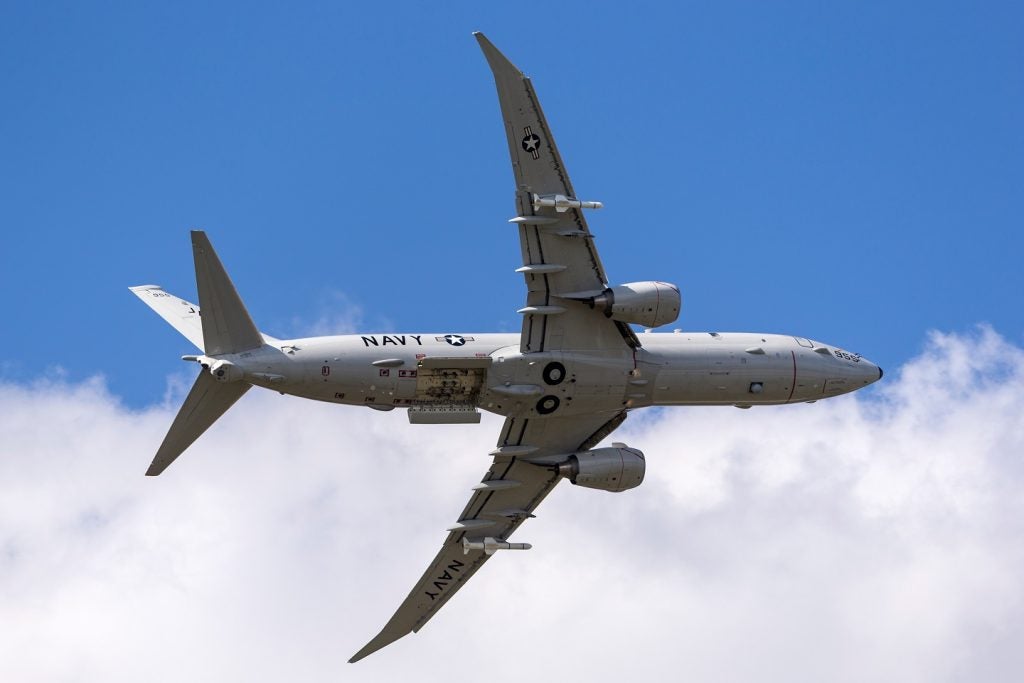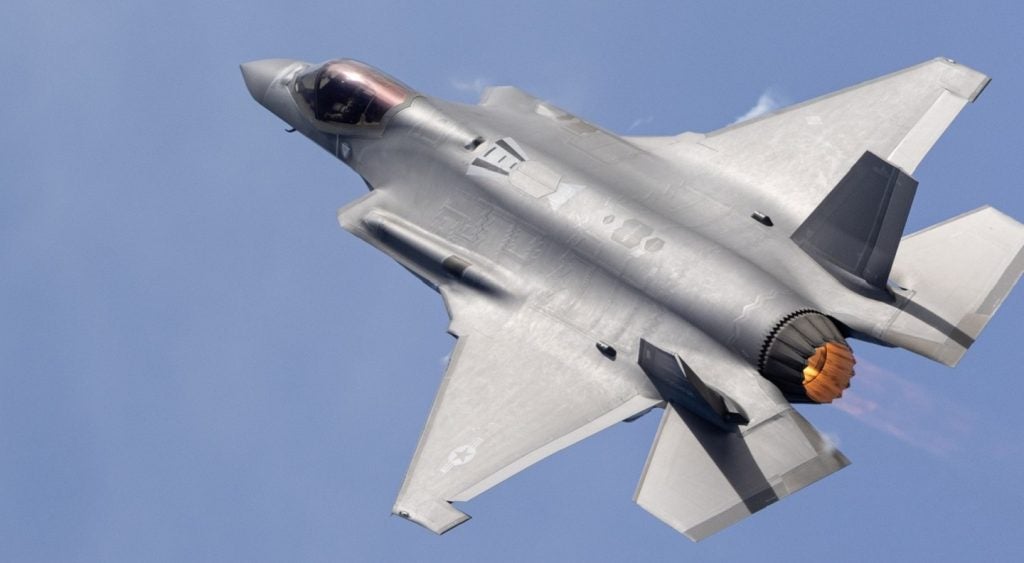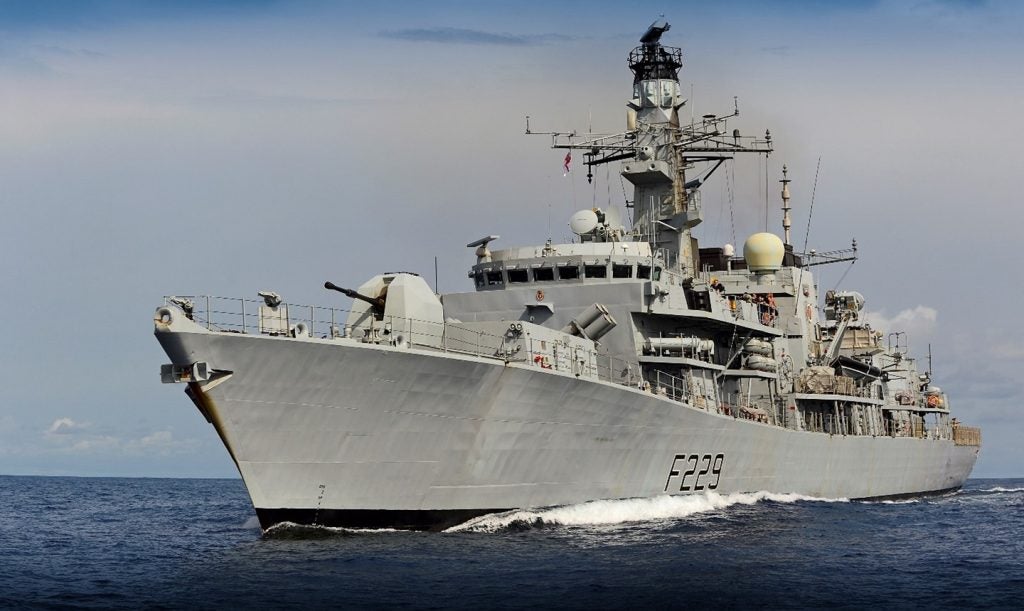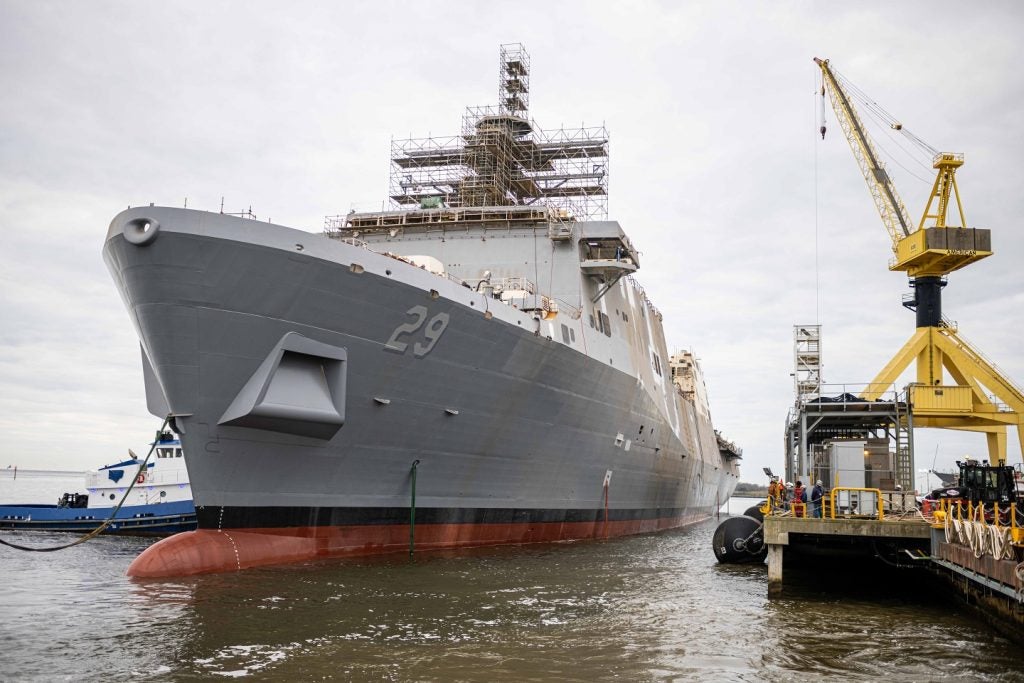
According to its Fiscal Year 2016 Operational Energy Annual Report, the Department of Defense (DoD) used almost 86 million barrels of fuel over the period to power ships, aircraft, combat vehicles and contingency bases alone. Add to that the DoD’s installation energy requirement – primarily in the form of electricity and natural gas – to run some 300,000 buildings worldwide, and the benefits of becoming institutionally leaner and greener are clear.
However, it is not just the cost and price volatility of energy on the world market that forms the driver for the Pentagon’s growing love affair with energy efficiency and alternative fuels; there is the security aspect too. Dependency on foreign oil does not sit well in Washington, and while all of the branches of the military are working to reduce and remodel their energy use, with US strategic thinking increasingly focused on a Pacific rebalance, the need to change is arguably felt nowhere more keenly than in the Navy.
Culture shift
In 2009, the then Secretary of the Navy (SecNav), Ray Mabus established five aggressive targets to transform energy usage across the service.
The use of alternative energy was to be increased overall, with the Navy as a whole obtaining 50% of its total needs from non-conventional sources by 2020. By the same time, at least 50% of shore-based demand was to be met from alternatives, and half of the Navy and Marine Corps installations were to be net-zero. The Navy would sail a ‘Great Green Fleet’ by 2016, reduce non-tactical petroleum use in the commercial fleet by 2015 and henceforth an energy efficient acquisition requirement would make energy evaluation mandatory for all Navy systems and buildings contracts.
How well do you really know your competitors?
Access the most comprehensive Company Profiles on the market, powered by GlobalData. Save hours of research. Gain competitive edge.

Thank you!
Your download email will arrive shortly
Not ready to buy yet? Download a free sample
We are confident about the unique quality of our Company Profiles. However, we want you to make the most beneficial decision for your business, so we offer a free sample that you can download by submitting the below form
By GlobalDataThe goal was to drive a culture shift that would fundamentally change the way the Navy thought about energy, and the transition seems to be working. Today, 65% of all the energy on naval bases in the US comes from alternative fuel, and nuclear and biofuel sources provide around 35% at sea, which means that the US Navy now accounts for less than a quarter of the Department of Defense’s total petroleum consumption. Ten years ago, that share was just over a third.
However, important as those numbers are, as Mabus clearly understood, sometimes you need something a little more tangible to make the point, and few things fill that role quite like SecNav’s Great Green Fleet.
The Great Green Fleet
Named as a nod to Theodore Roosevelt’s 1907 ‘Great White Fleet’, the Great Green Fleet (GGF) of 2016 was a year-long initiative to demonstrate the practical potential for warships to be permanently operated on alternative fuels.
The star of the project was the John C. Stennis Carrier Strike Group, which deployed using nuclear power for the carrier herself, and a 10:90 blend of advanced beef fat-derived biofuel and conventional petroleum in the tanks of the escort ships. From the start, the GGF set out to stake its place in history, with the Arleigh Burke-class guided missile destroyer USS Stockdale officially becoming the first-ever US Navy vessel in regular operation to run on an alternative fuel blend. Notably, unlike the Navy’s previous forays into biofuel usage, which had often simply reinforced the arguments that alternatives were just too costly, this time the ‘drop-in’ bio-diesel prices were on a par with conventional equivalents.
In addition, the GGF employed Energy Conservation Measures (ECMs) to optimise the use of power on-board, including thermal management control systems, stern flaps, LED lighting and energy dashboards to monitor usage in real-time.
Maritime efficiency initiatives
Other vessels are now using those measures to reduce their on-board energy demands for both propulsion and electric power. Eighteen guided-missile destroyers have already been equipped with energy dashboards, and a further eight will be over the next two years, providing real-time awareness of the on-board energy demand, and helping optimise performance. It means potential savings through reduced fuel-burn for the vessel’s electric plant, adding valuable additional hours between refuelling and enhancing the ship’s operational capability.
The Navy has also been pressing ahead with its programme to install solid state lights across the surface fleet which should, according to the DoD’s Fiscal Year 2016 Operational Energy Annual Report, save an expected 400 barrels of fuel per ship per year, as well as reducing maintenance time. In addition, Hybrid Electric Drives (HED) are increasingly being installed, with three DDG 51-class vessels being equipped in 2017. Using motors powered by the ship’s electrical grid at slow speeds, and gas turbines at higher, average fuel consumption is lowered, refuelling costs reduced and range between refuelling extended. In 2009, on her first voyage from Mississippi to San Diego, the USS Makin Island, the first amphibious assault ship with HED, saved over a million gallons of diesel – an impressive $2.2m US tax dollars. With the Navy anticipating a saving of around $250m in annual fuel costs over the course of Makin Island’s lifecycle alone, the attraction of installing HED more widely is obvious.
However, weaning the world’s largest expeditionary fighting fleet off fossil fuels is only half the story. For the American war machine, when it comes to getting those much over-quoted ‘boots-on-the-ground’, the jealously-guarded ‘first in and last out’ role falls to the United States Marine Corps, and they come with a lot of power-hungry vehicles, systems and equipment in tow.
Green Marines?
“There are not a lot of tree-huggers in the Marines,” Mabus reflected in a recent podcast, but never-the-less it seems they too are going green, busily blazing the trail for operational energy efficiency – and it is not hard to see why. Over the first decade of the century, the Marine Corps’ battlefield energy requirement increased exponentially to sustain its increasingly powerful war-fighting capabilities, and that was a double edged sword. On the one hand the USMC became a more lethal force, but on the other, the unintentional consequence was that they were left heavier and ever-more dependent on logistics, which introduced an inevitable element of risk and greater vulnerability.
Throughout the history of warfare, supply trains have always provided technologically and numerically inferior fighters with a way to strike at larger and more advanced forces, and today’s insurgents have proved more than willing to exploit that opportunity. At the height of the war in Afghanistan, when, according to the Navy’s Task Force Energy, the US military was consuming fuel at a rate of around 45 million US gallons a month, one Marine was lost to either death or injury for every 50 fuel convoys they brought in.
Expeditionary plan
The “Marine Corps Expeditionary Energy Strategy and Implementation Plan” was devised to change that, taking what is described as a ‘bases-to-battlefield approach’ highlighting the relationship between resource efficiency, and combat effectiveness.
By 2025, the USMC is charged with only using liquid fuel for on-shore mobility, powering all command, control, communications, computer and intelligence (C4I) equipment and support systems by alternative and renewable energy, and using ground vehicles to power larger ground systems as and when required. Already the benefits of this shift in thinking are making themselves felt on the frontlines. Simply providing roll-up solar panels that Marines could carry in their packs to power their radios and electronic devices saves a single USMC company 700lbs in batteries, both stopping them carrying them in the first place, and removing the need for subsequent resupply.
Between enhancing energy security, fuel economy and operational flexibility today, and preparing for the power-hungry communications, radar and weapons systems of tomorrow, the Navy has a very good reason for going green. As Mabus said at the start of the Great Green Fleet initiative, it is “about one thing and one thing only – better war-fighting.”






